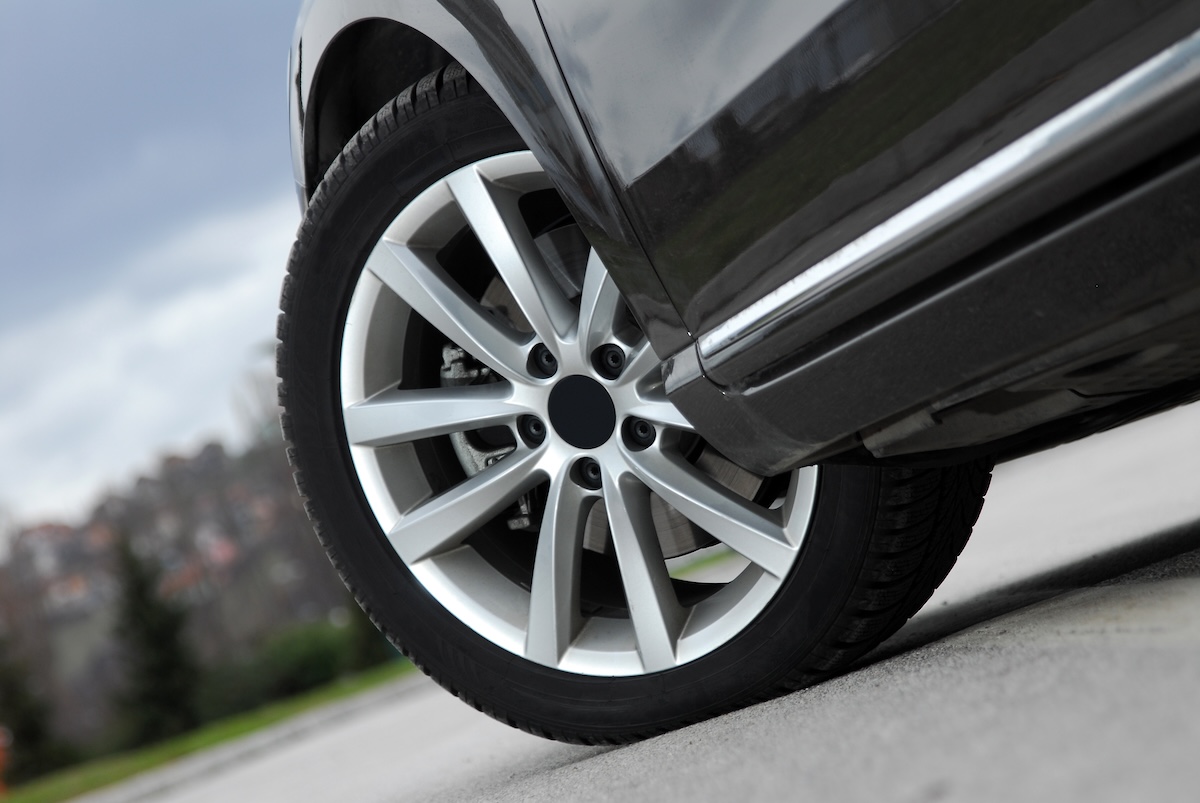Keeping your car's tires properly inflated can save money and keep you safe on the road. The proper tire pressure can also significantly extend the life of your tires, increase fuel efficiency, and, most importantly, provide the traction your car needs to perform and brake safely under everyday driving conditions and during emergency situations.
When to Check

Over time, some air will leak out of your vehicle's tires. That’s why drivers need to check their tire pressure regularly—at least once per month. If your car has a tire pressure monitoring system (TPMS), never ignore the low tire pressure indicator light. And, since temperature changes can impact tire pressure, it’s always a good idea to perform a check during extreme weather conditions and seasonal changes.
The Tools You Need

Fortunately, the tools required to monitor and adjust your tire pressure are affordable and readily available at your local hardware or auto parts store—all you need is a tire pressure gauge and access to an air compressor. It’s best to keep the air pressure gauge and compressor in your car for easy access (you never know when you’ll need them), so opt for a dial tire pressure gauge instead of a battery-operated digital gauge. Stick and pen gauges are another option, but it's harder to read the inflation pressure as accurately as dial gauges. Many gas stations offer air pumps, either free of cost or for about a dollar (usually in quarters), but it’s not uncommon to find them out of service. Buy a small, portable air compressor that plugs into the 12-volt outlet in your car, and you’ll have free air whenever you need it.
The Correct Tire Pressure
You can find the manufacturer-recommended tire pressure information for your car on a sticker on the interior of the driver’s side door jamb. If you can’t find the tire inflation sticker, check your owner’s manual for the recommended psi (pounds per square inch). Don’t be surprised if there’s more than one tire pressure setting listed—use the tire pressure that matches the size and position of the tires on your car. Counter to what you might think, you should not use the tire pressure printed on the tire’s sidewall—this is the safe maximum pressure for the tire, but not necessarily a safe pressure for your car.
Checking the Pressure
Each tire on your car has what’s known as a Schrader valve. It features a needle protruding from the center that releases air when depressed. At the end of the stem, there should be a plastic or metal cap that keeps the valve inside clean. If any of your tires are missing its valve stem cap, replacing it won’t cost much and should help keep its valve clean and working.
Checking the Pressure 2

Remember: Temperature can impact tire pressure, so check your pressure before you’ve driven or wait until the car and its tires have cooled down. To check your cold tire pressure, simply press the end of the tire gauge over the end of the valve stem, taking care to align it so no air escapes during the reading. Initially, some air might hiss out, but if the gauge is properly aligned and you apply the right pressure, the gauge will seal to the valve stem, and you’ll get an accurate reading.
Checking the Pressure 3

If your tire is under-inflated, you’ll need to add air up to the correct psi by pressing the hose of your air compressor over the valve stem in the same way you used your gauge. Whether you use a portable compressor or a fixed one at a service station to inflate your tires, the key is to keep adding air until you reach the correct pressure. Most compressors have a built-in gauge, but these aren't always accurate. To be safe while inflating the tires, periodically disconnect the compressor and use your own gauge to check the air-pressure level.
If your tire is over-inflated, you can release some air by depressing the center needle momentarily and re-checking with the gauge until you hit the correct pressure.
The Bottom Line
A little attention to your tire pressure can double the life of your tires, improve your fuel economy, prevent tire failure or blowouts, and keep you and your car safer on the road. Optimal tire pressure can also help prevent a flat tire. Speaking of that, if you have a spare tire in your car, be sure to check its air pressure regularly, too.
Related Topics
How To Jump-Start a Car
The Car Maintenance Schedule You Should Follow
Easy DIY Car Maintenance Jobs Anyone Can Manage
